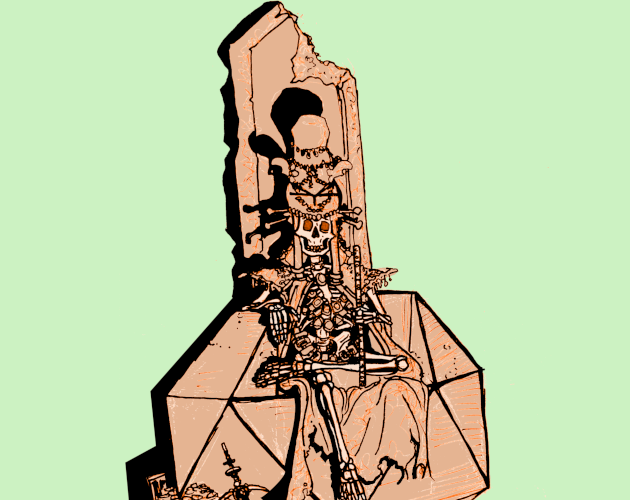I love XCD, but in this case, the OSR community has been eager to adopt de facto standards throughout its existence, previously clustering around Labyrinth Lord and Swords & Wizardry and now, around Old School Essentials. There are other standards out there, but one can pick up any of them, figure out how much they change to use OSE stats (typically very little) and then be able to buy thousands of compatible products.
I don't know if anyone has counted what rule systems have the most compatible material available for it, but I would be shocked if BD&D/OSE isn't #2, behind 5E and ahead of D20/3E.




